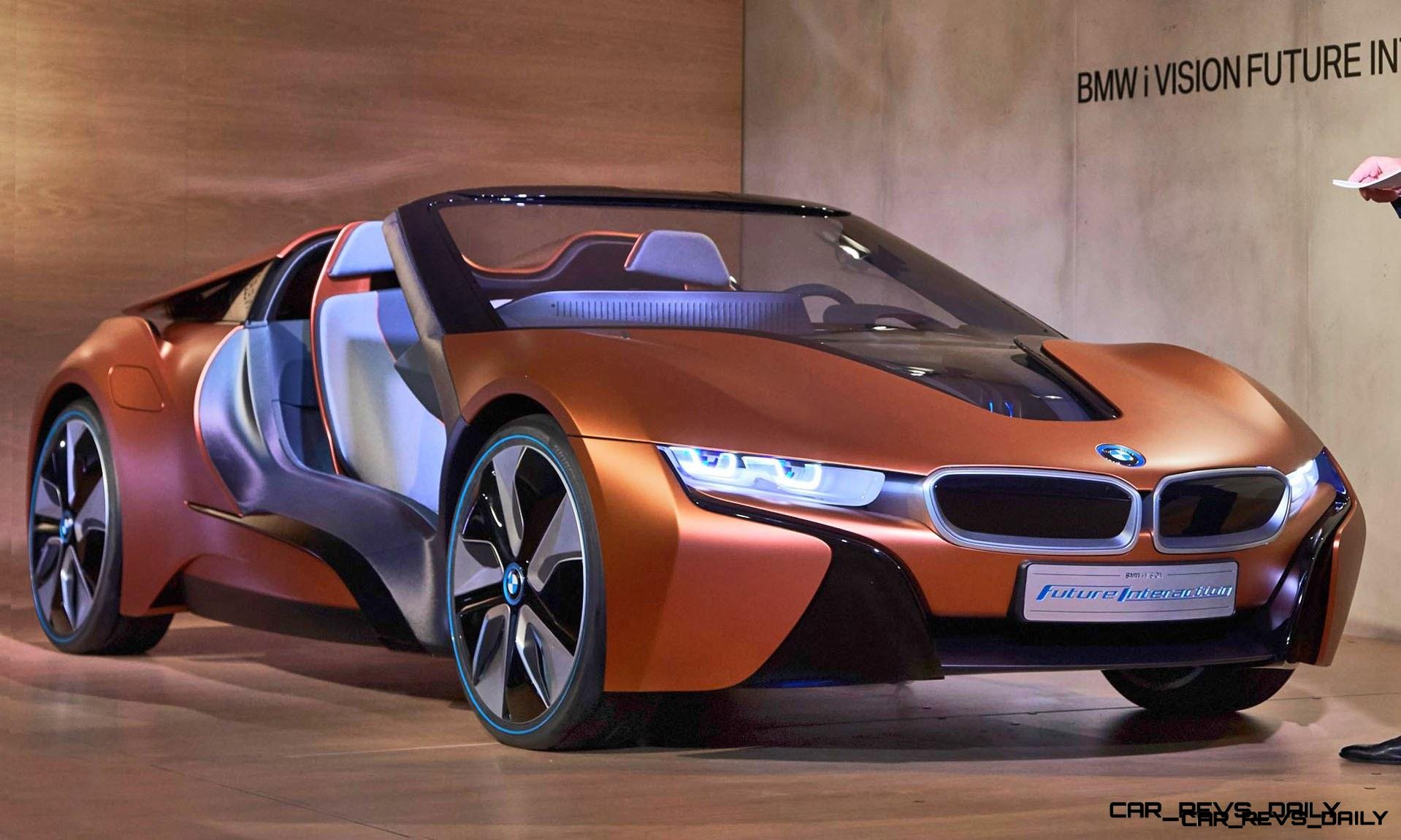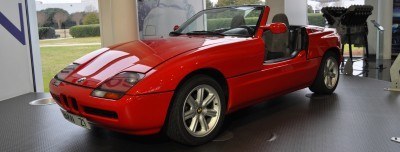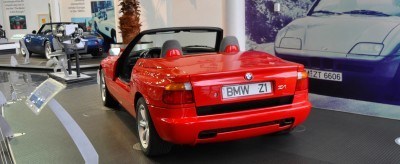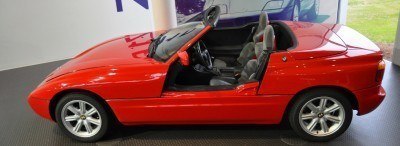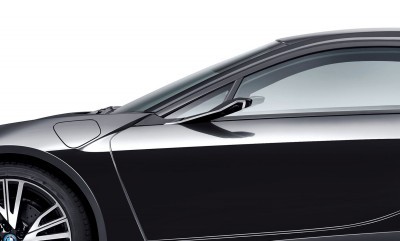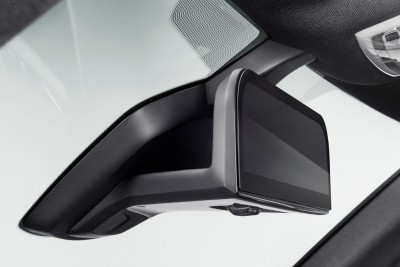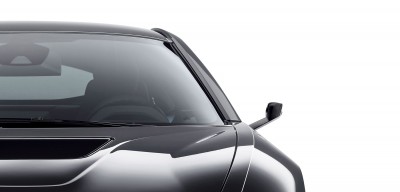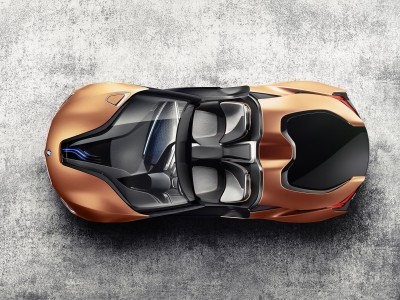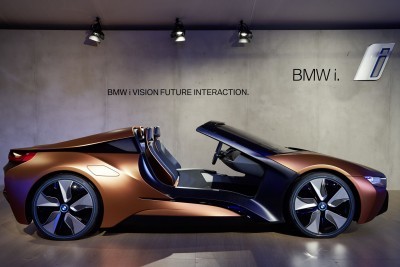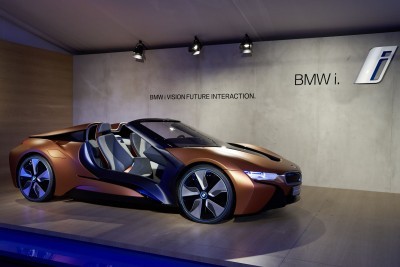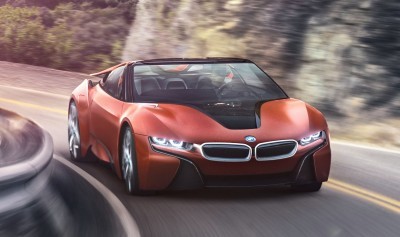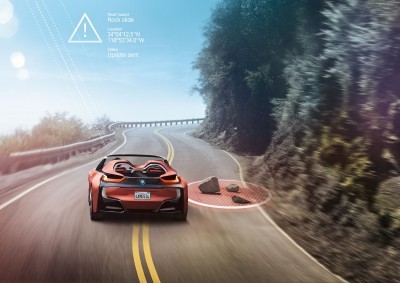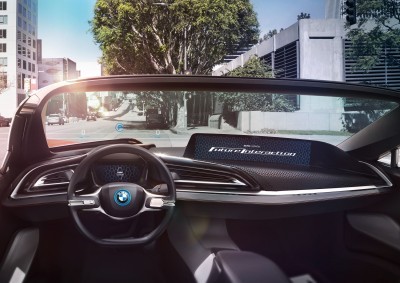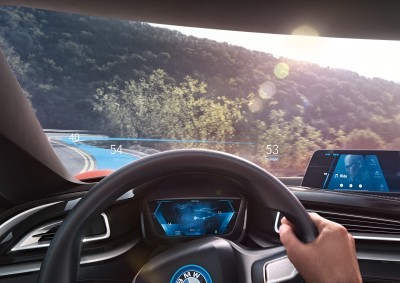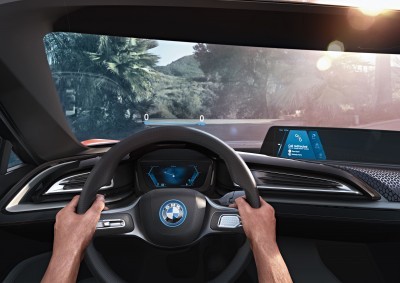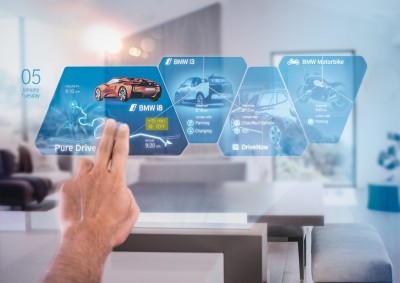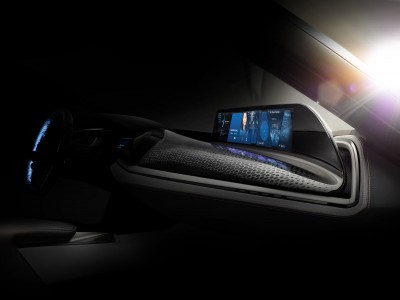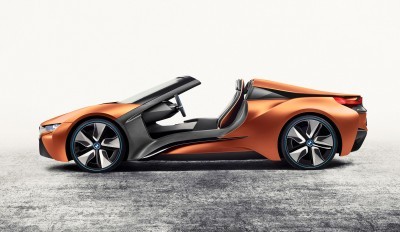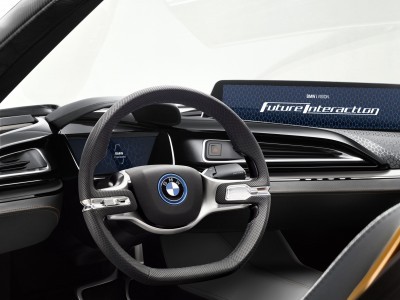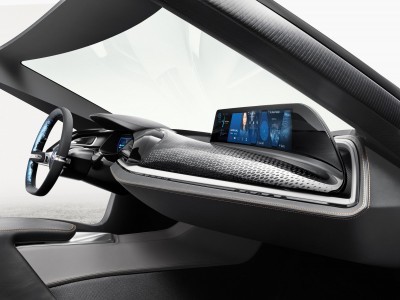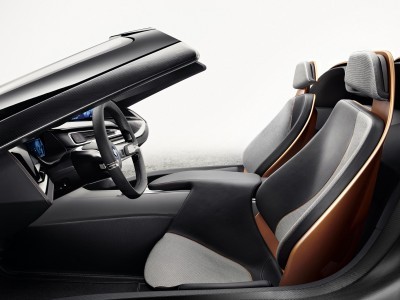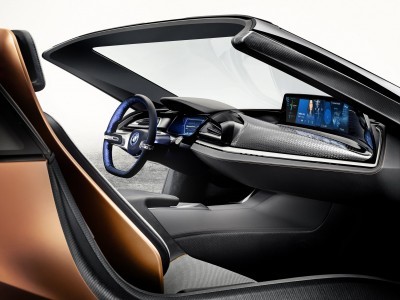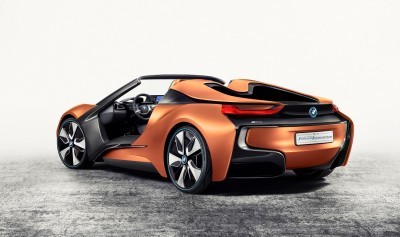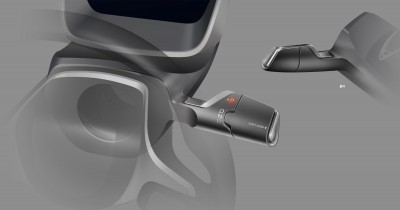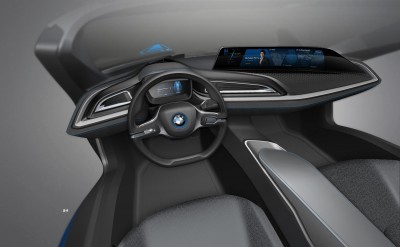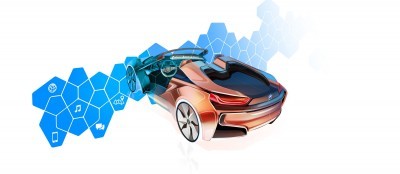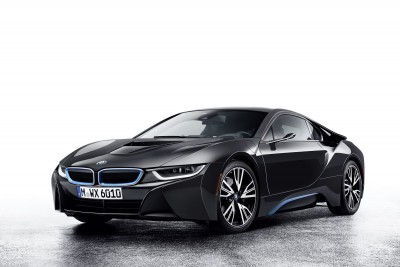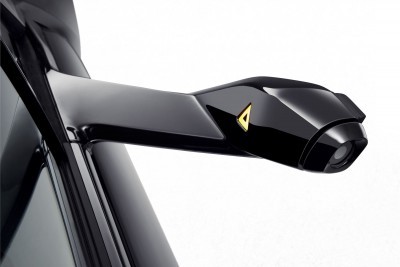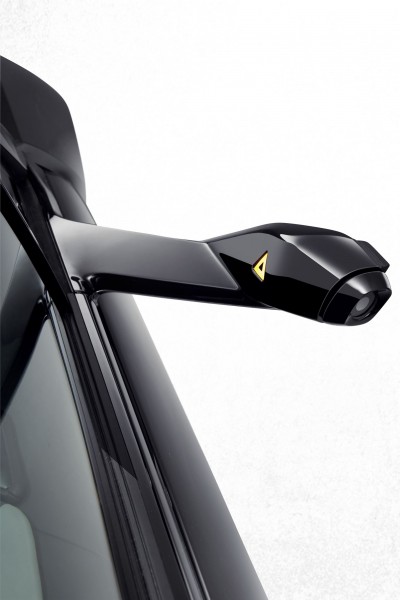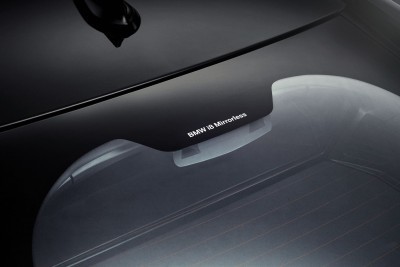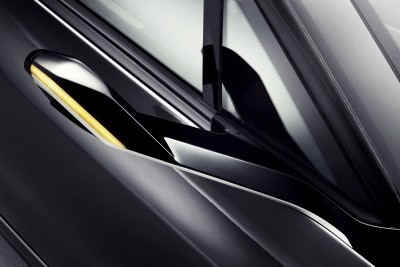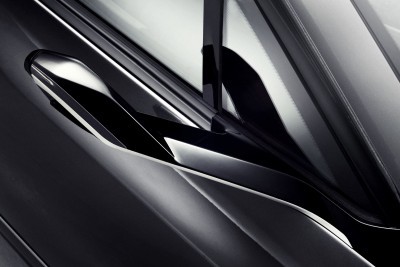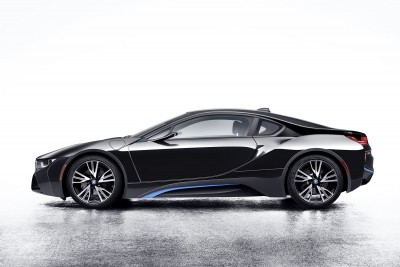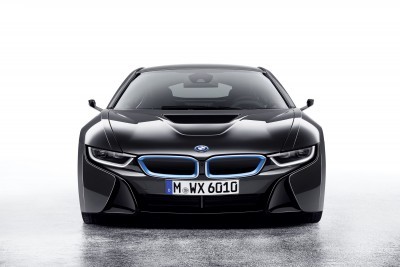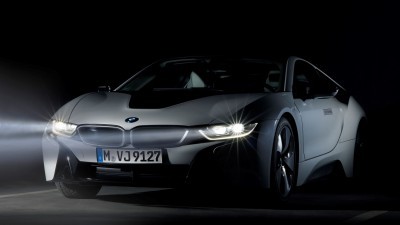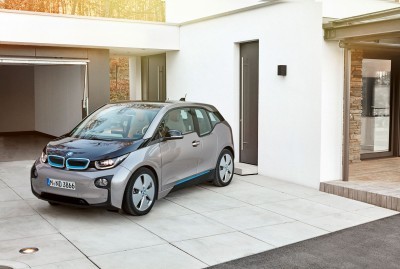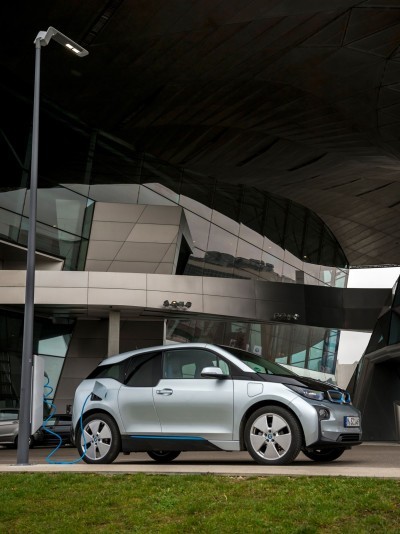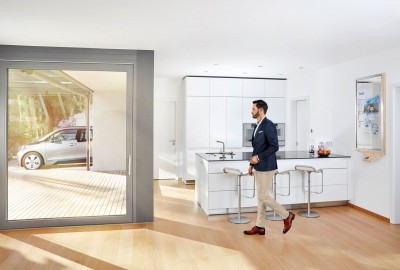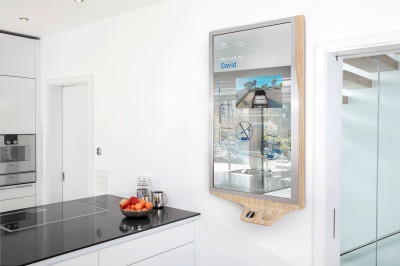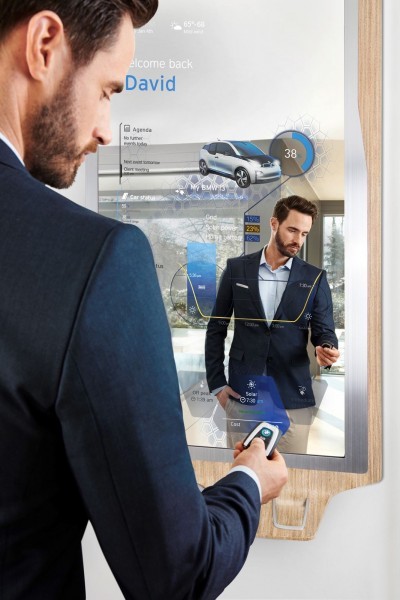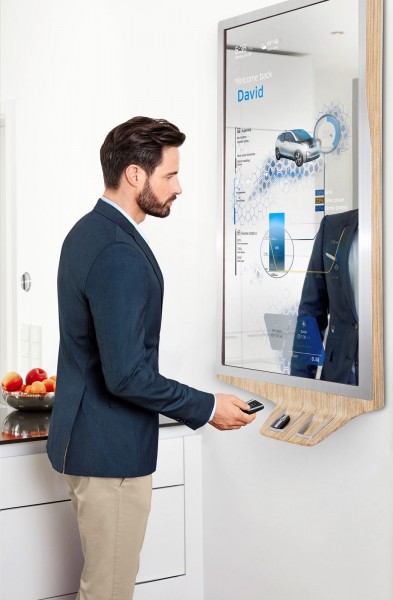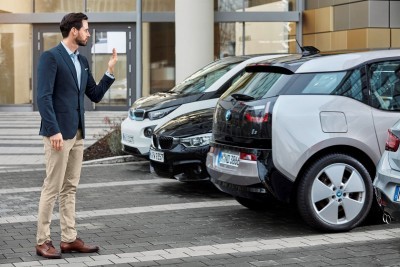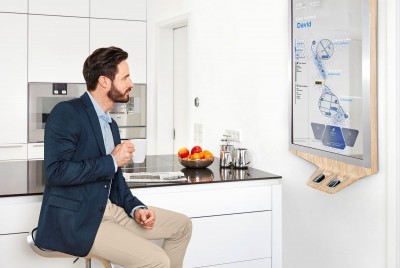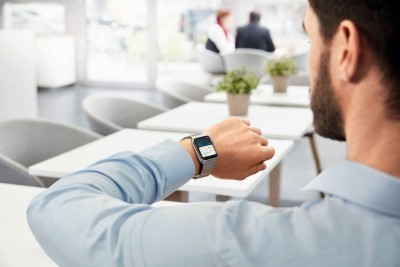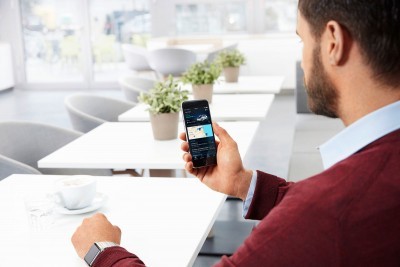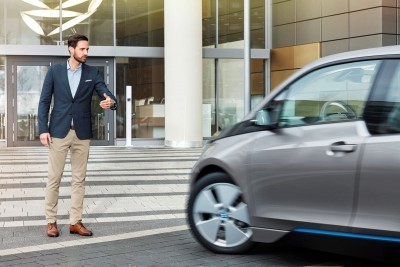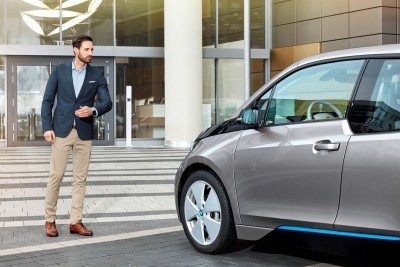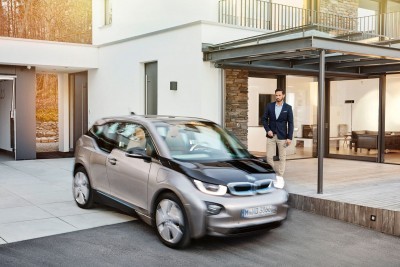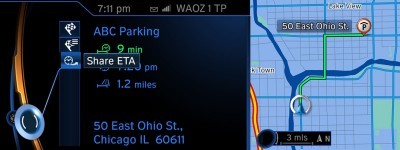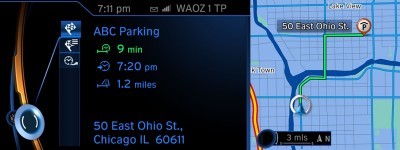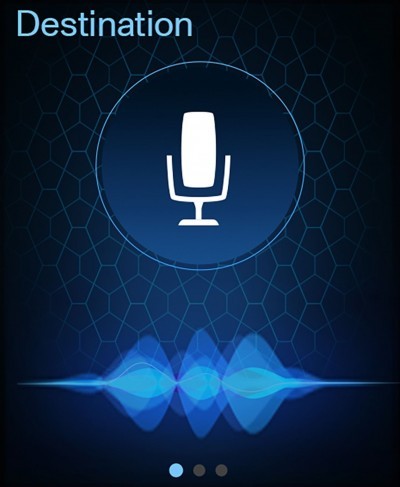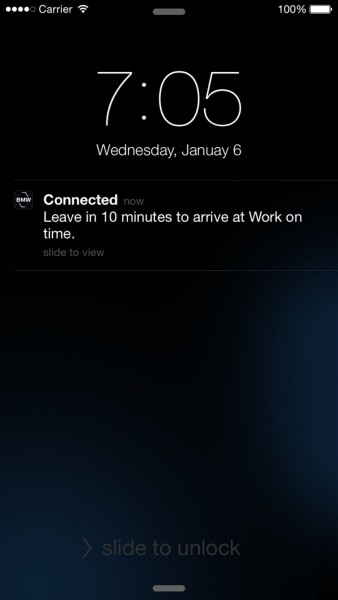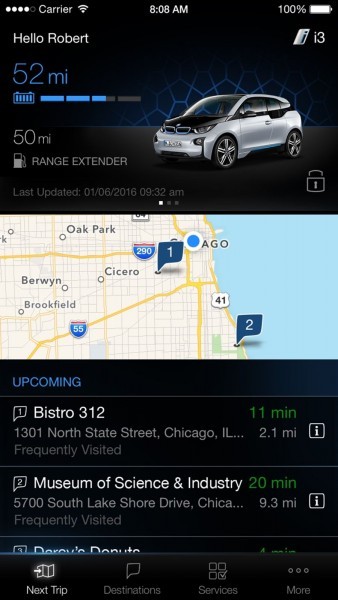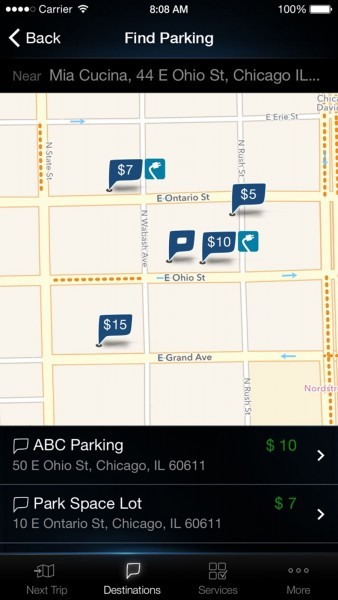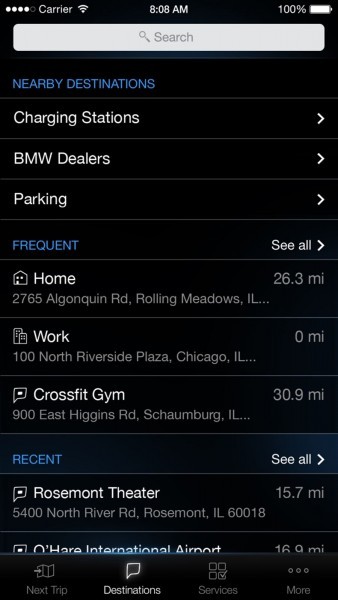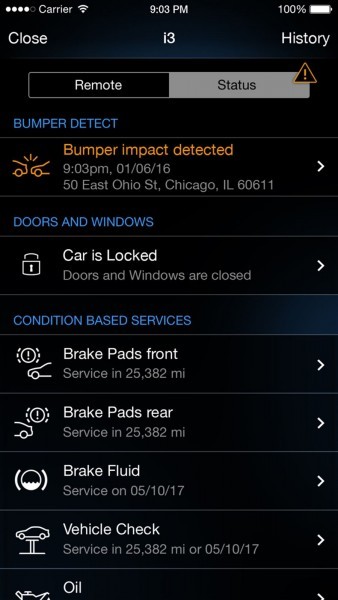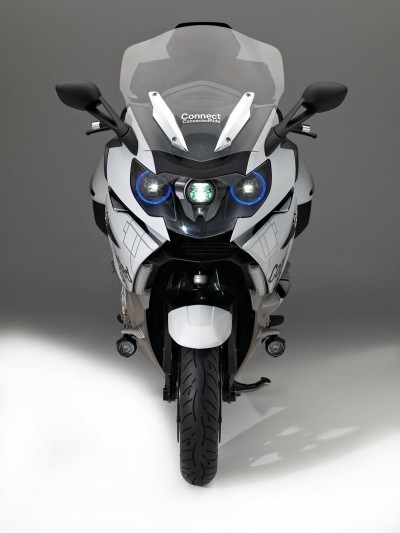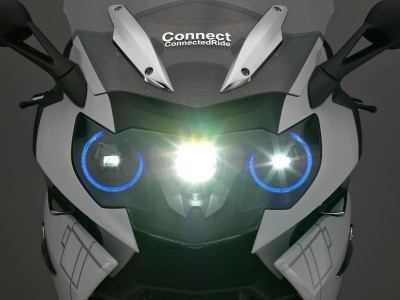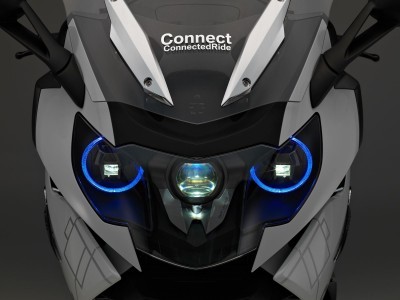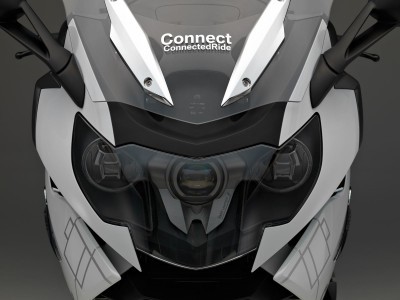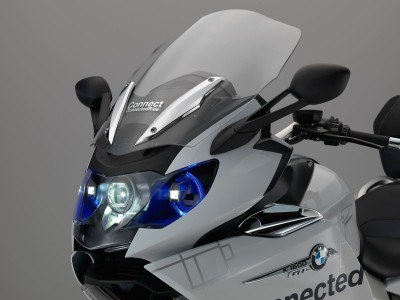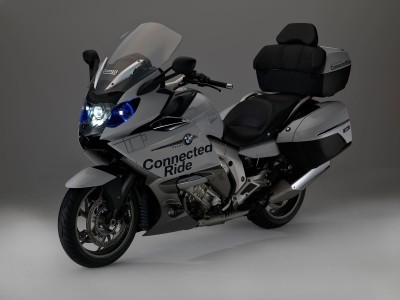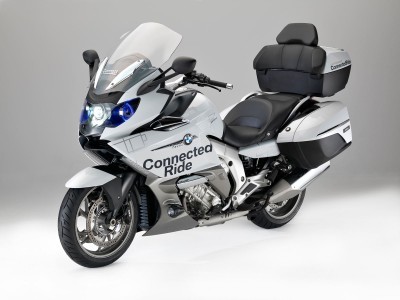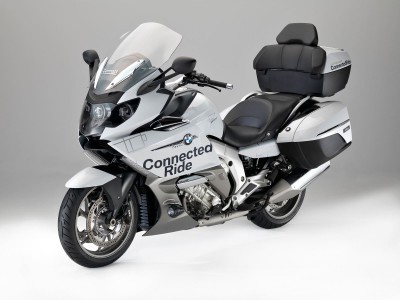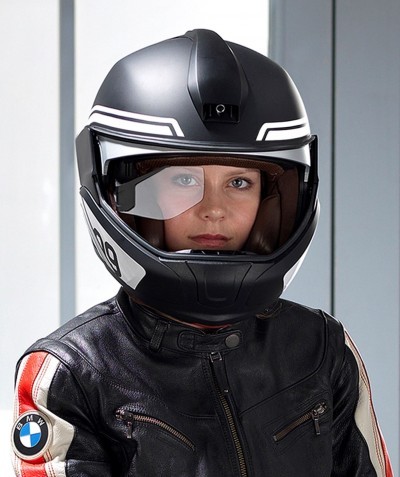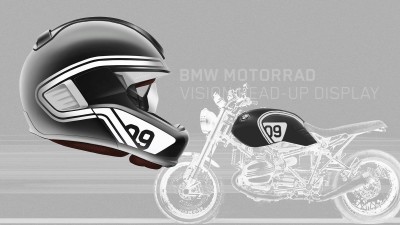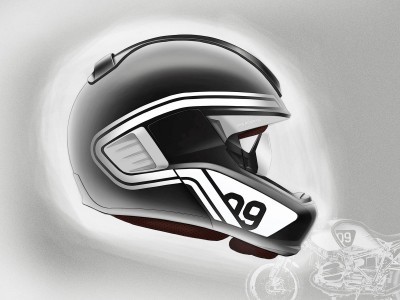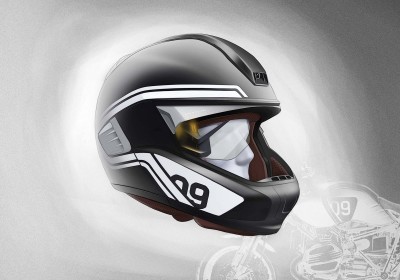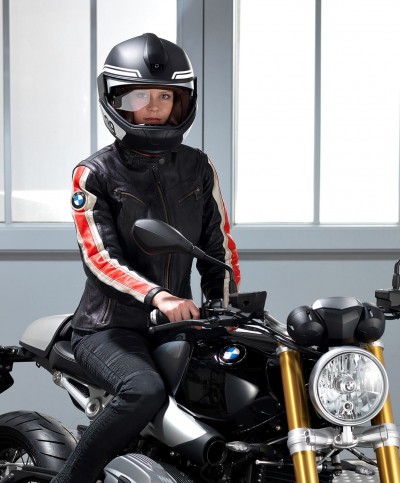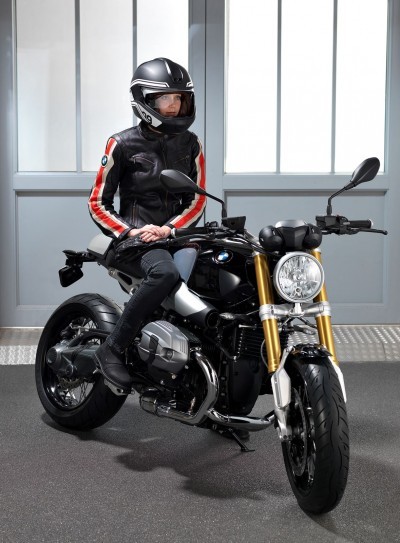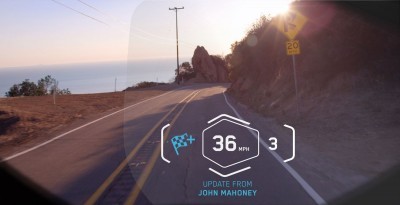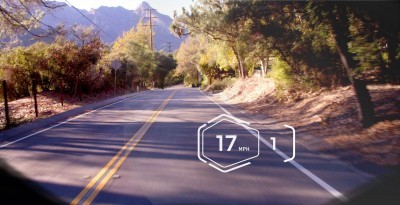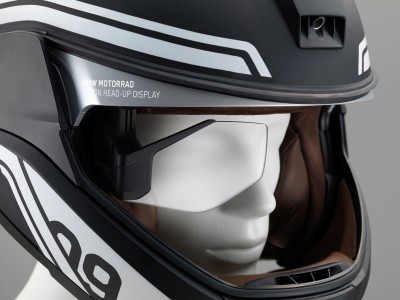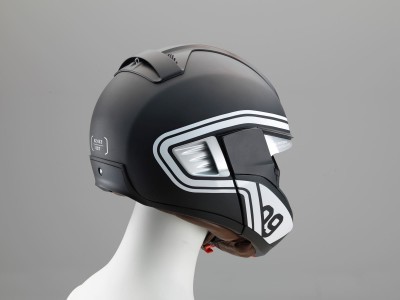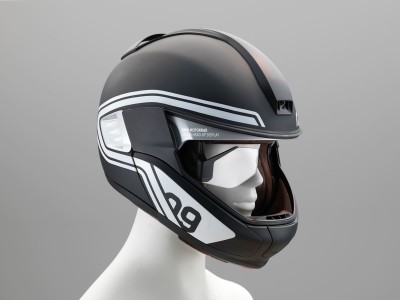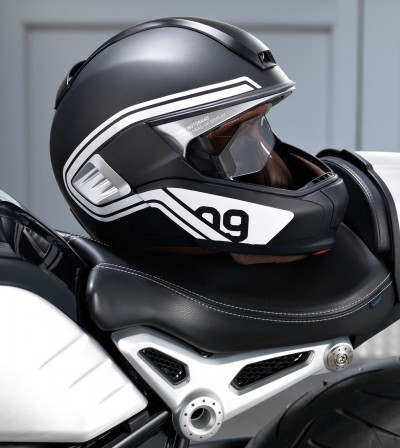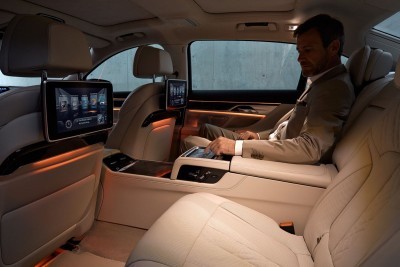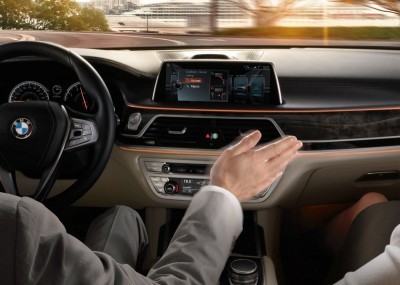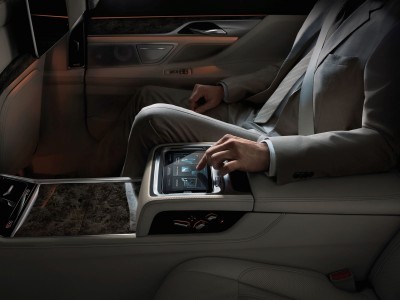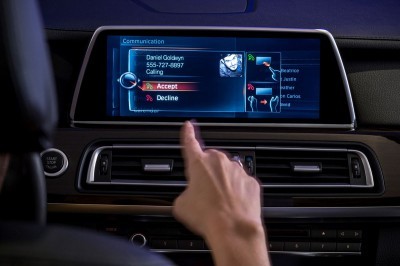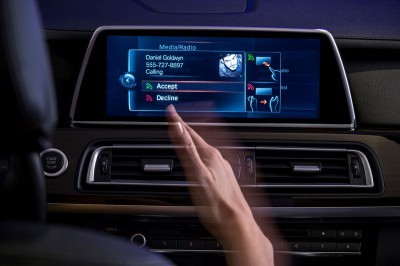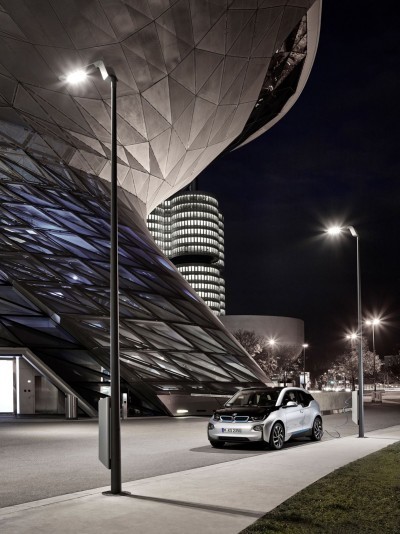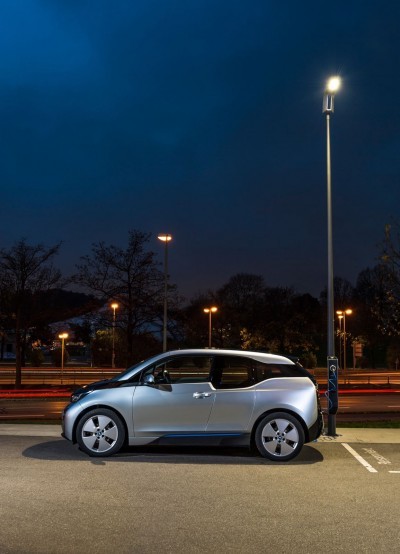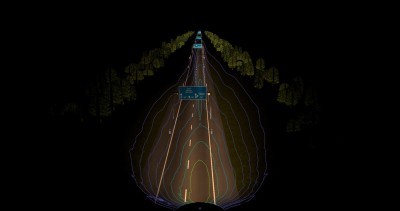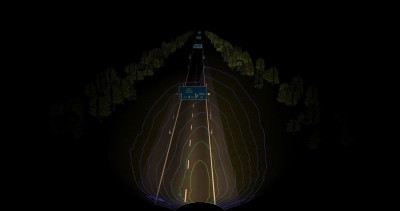BMW debuted a half-dozen new tech innovations at CES this year, including gesture control and mirror-less exteriors.
But the real eye-catcher? The BMW i Vision Future Interaction — a near-production 2017 BMW i8 Spyder.
Sans two critical pieces, of course.
Yes, the production car will have doors. At first we thought the BMW i VFI Concept hid its doors in the side sills, a la the BMW Technik Z1 model sold in Europe briefly in the early 1990s.
Alas, the lack of doors is just to give full view of the new cockpit controls and layouts. This new user experience inside is worrying: the widescreen ahead of the passenger seat appears to block a wide field of the windshield from the driver’s human eyes. It will improve over time: these are the broad tech roadmaps for user interaction.
More details? Tons.
The BMW PDF on its CES introductions is 40 pages long. (*When opened in Word. PS did you know you can open and save pdfs as .docs now? Future!)
But the goal is to make all the new systems intuitive and natural for all drivers.
A summary below highlights some of the goodies they are working on, plus a look at the new camera-stalks mounted on a current i8. Dubbed Mirrorless, this tech looks ready for production in the near future.
We also have a look at some next-gen adaptive OLED headlights, likely to be included in the upcoming i8 Spyder and i8 coupe refresh in the next few years. Why not the old laser-beams? It seems the hacks in DC are dragging their feet on approvals, so i8s in the US so far have been saddled with grumpy and tired lamps while the rest of the world is bright-lit.
We can’t wait for the i8 Spyder, and hope it has a sport exhaust to enjoy the 4.5-second PHEV’s thummy turbo triple. When this regen engine kicks on, the i8 has a unique and cool exhaust note from the outside of the car.
2016 BMW i Vision Future Interaction
BMW Innovations at the CES 2016 in Las Vegas.
Highlights:
BMW Group at the Consumer Electronics Show 2016 (CES, 6 to 9 January 2016 in Las Vegas). Impressive exhibition profile highlights leading position in the area of Connected Car.
- BMW i Vision Future Interaction – Concept Car provides an outlook on the networked cockpit and the user interface of the future.
- BMW i Vision Future Interaction with high-resolution vehicle displays
whose content adjusts to match the situation; function control with
gestures, touch-sensitive surfaces and voice control. - Information for the driver through head-up display, instrument cluster with three-dimensional display and 21-inch panorama display.
- BMW i Vision Future Interaction with world premiere of AirTouch: sensors
recognise movements made with the hand and also depth movements.
This means that the panorama display can be operated like a t
touchscreen without having to actually touch the surface. - Reduction of control elements to a minimum. Three drive modes – Pure Drive (driving yourself), Assist (assistance systems intervene actively) and Auto Mode (highly automated operation) – selectable at the steering wheel.
- Internet of Things stands for even more comprehensive networking which facilitates new services for more efficiency and comfort.
- The intelligent Open Mobility Cloud of the BMW Group connects networked systems such as a BMW i3 and a Smart Home with personal end devices like smart phone or smart watch.
- The Open Mobility Cloud networks the correct information and functions, and uses intelligent control to allow complex processes to be started automatically, without their being requested or having to be initiated with an app.
- Users are provided with predictive information relevant to them personally by networking with the Open Mobility Cloud.
- Mobility Mirror – mirror and display medium at the same time, component of the Internet of Things networked using the Open Mobility Cloud.
- Important information for the day is shown in the Mobility Mirror display, such as personal calendar, mobility options, energy status of the smart home, charge status of the BMW i3, weather forecast.
- Gesture Control Parking: The BMW i3 recognises gestures, and drives into and out of a parking space fully automatically.
- Remote 3D View: The research application uses the cameras in the BMW i3 as constituent elements of the Internet of Things. The images taken by the cameras can be streamed to networked end devices and provide an overview of the area around the vehicle.
- Bumper Detect uses an innovative system, identifies whether the driver’s own vehicle being parked has been bumped and activates the vehicle cameras. The networked systems at the same time send a message to the driver’s smart phone, and images are sent if requested.
- Bumper Detect also recognises whether unauthorised persons are tampering with the vehicle and sends images to the networked mobile end devices.
- BMW Connected is a prototype of a personalised digital assistant for individual mobility. The focus is on the needs and requirements for mobility of the future.
- BMW Connected and the Open Mobility Cloud represent a radical new
conceptual approach to mobility. BMW Connected is available all the time
on all networked end devices: at home, on foot or on the move in the
user’s own vehicle, or on public transport. - The platform for BMW Connected is the Open Mobility Cloud with a
highly flexible service architecture. - The Open Mobility Cloud offers far-reaching capabilities for machine learning and data analysis. The more frequently users make use of the digital services, the more effectively they can be personalised.
- Information relevant to the user is always provided at the right time. BMW Connected learns, for example, routes which are taken on a regular basis and proactively informs the user if any disruption is expected along the route.
- BMW ConnectedRide – Motorcycle laser light in the BMW K1600 GTL concept vehicle with a range of 600 metres for main beam.
- Head-up Display helmet projects necessary or requested traffic and vehicle information directly into the visual field of the driver
- Future Mobility Solutions: Light & Charge – simultaneously innovative street lighting with LED technology and charging station for charging the high-voltage batteries of electric vehicles.
- Standardised connection for charging cable from electric vehicles including vehicles from other manufacturers, cashless payment. Vehicle start using the smart phone app or RFID card.
- BMW i 8 Mirrorless – System with three cameras replaces the rearview mirror, covers larger viewing angles and eliminates dangerous “blind spots”.
- Images from the cameras are united on a display which replaces the interior mirror. Presets for the camera or display are not necessary.
- System evaluates camera images and provides a situative response to imminent hazards, for example with yellow warning icons.
- Superimposed trajectory lines provide support during parking, and the passenger can also observe the traffic behind the vehicle.
- BMW i3 Extended Rearview Mirror links up mirror and camera technology. In the interior mirror, the mirror view is overlaid with very precise images from a camera positioned on the roof. This provides a significantly extended field of view.
- New control concepts from BMW: BMW gesture control in the new BMW 7 Series for controlling information, entertainment and communication functions.
- New control freedom for rear-seat passengers with BMW Touch Command.

Tom Burkart is the founder and managing editor of Car-Revs-Daily.com, an innovative and rapidly-expanding automotive news magazine.
He holds a Journalism JBA degree from the University of Wisconsin – Madison. Tom currently resides in Charleston, South Carolina with his two amazing dogs, Drake and Tank.
Mr. Burkart is available for all questions and concerns by email Tom(at)car-revs-daily.com.

